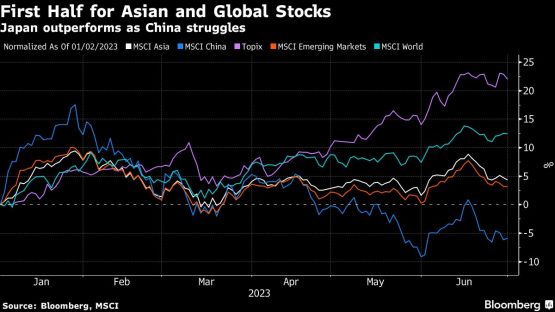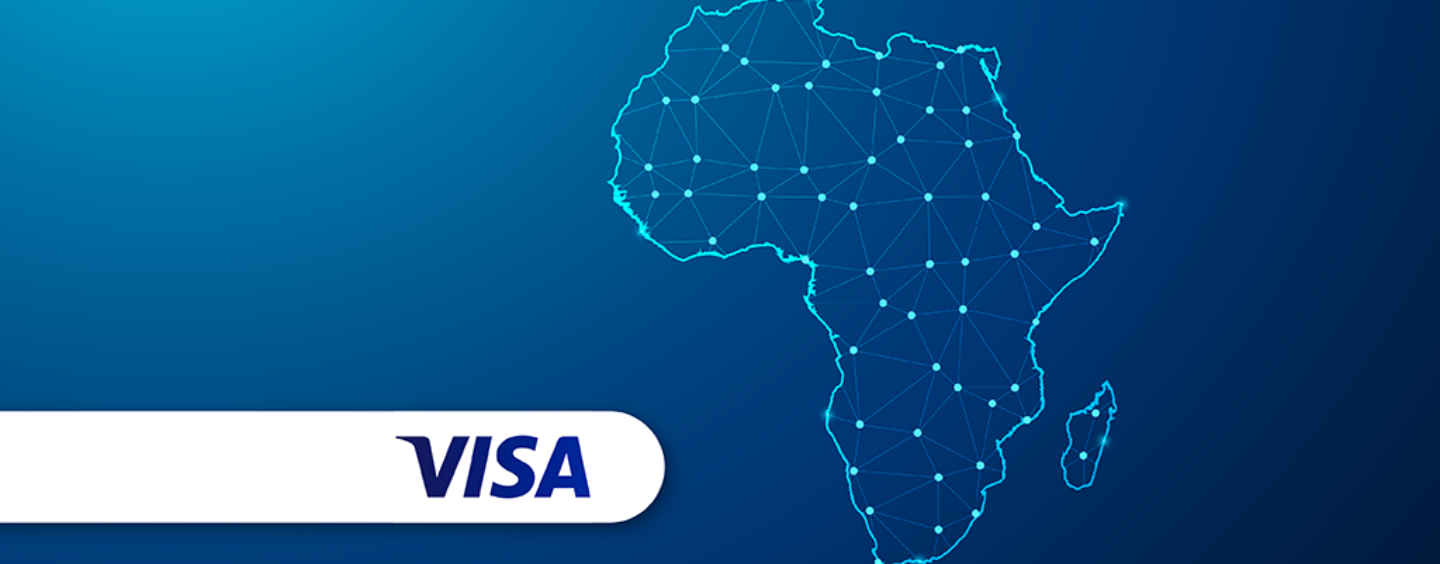South African consumers on both extremes of the income scale are the most affected by the rapid rise in living expenses with pressure exacerbated by unprecedented levels of Eskom’s power cuts.
This is according to the latest Consumer Default Index (CDI) figures that track the marginal default rate for credit card, home, vehicle, personal and retail loan portfolios, published by credit bureau Experian on Thursday.
According to Experian, the default rate for accounts that have never before defaulted soared to approximately 22% in the first quarter of 2023 compared to a year before, nearing lows last reported during the Covid-19 pandemic years.
Defaults were highest for the home loan (35%), retail loan (30%) and personal loan (27%) portfolios over a 12-month period.
“A significant deterioration for the latest reporting period was already pre-empted in 2022 Q4 when we saw an earlier-than-usual deterioration in CDI, considering the typical annual cycle of the CDI,” head of commercial strategy and innovation at Experian Africa Jaco van Jaarsveldt said.
“It would seem that the CDI has not only fully returned to the long-term deteriorating trend observed pre-Covid, but that the deterioration is happening at a faster pace,” van Jaarsveldt added.
Read: It’s not just the middle class, top 5% feeling debt pain too
Greater credit dependence
Consumers considered to be “wealthy” and at the top of the financial affluent segment (FAS) of the population registered the biggest relative deterioration in defaults, coming in at 48% year-on-year (y-o-y) in 2023.
This segment of the affluence tier recorded R6.97 billion in new default balances between January and March of 2023.
“We also note that these consumers typically not only continued to qualify for new or more credit throughout the pandemic but have also become increasingly dependent on credit to fund their standard of living,” Jaarsveldt said.
Similarly, the considerably less affluent consumers – positioned at the second lowest level on the tier – saw their defaults rise by 33% y-o-y with total new defaults reported at R1.13 billion in the first three months of 2023.
This segment of consumer has relied more on unsecured credit for relief, with dependence on this type of credit reported to be nearing the heightened levels last recorded before the pandemic.
Default Index

Source: Experian Consumer Default Index (CDI)
Consumer confidence dives
The FNB/BER Consumer Confidence Index released by First National Bank on Thursday further clarifies the consumer’s depressed views of South Africa’s economic prospects as well as the state of their finances.
According to the CCI, confidence declined to -25 points during Q2 of 2023 – down from -23 points on a quarter on quarter review – the second lowest reading since the dawn of democracy.
The economic outlook and suitability of the present time to buy durable goods sub-indices both deteriorated deeply into the negatives at -37 points and -35 points respectively.
“Both of these indices are now deeply negative, suggesting that the vast majority of consumers expect a deterioration in South Africa’s economic growth over the next 12 months and consider the present time as highly inappropriate to purchase durable goods, for example vehicles, furniture, household appliances and electronic goods,” FNB said.
Read: Cash-strapped consumers place pressure on food producers
Again, the CCI research shows that high income consumers bear the brunt of the cost-of-living crisis with their confidence declining to -40 points during Q2 of 2023, a decline that FNB predicts will deal a huge blow to the retail sector.
“The sales volumes of expensive durable goods such as new vehicles, jewellery, furniture and household appliances – and potentially even semi-durable goods such as clothing and footwear – are likely to deteriorate as high interest rates and costly investment in alternative power supply sources continue to erode the spending power of high-income households.”
“While low and middle-income households are also quite despondent, relatively steady confidence levels among these income groups in the second quarter point to some resilience among less affluent households,” FNB added.
Consumer confidence per income group

Source: FNB/BER Consumer Confidence Index
FNB chief economist Mamello Matikinca said pressure on more affluent consumers is expected to remain as Eskom’s poor energy generation capacity has forced many into debt tied to the “soaring prime interest rate”, pushing debt servicing costs to tougher heights.
“Further interest rate hikes, rand depreciation, and concerns about South Africa’s diplomatic relations with the rest of the world in all likelihood compounded the negative impact of the electricity crisis on high-income confidence.”
“The weaker rand exchange rate is also putting upward pressure on the cost of overseas travel and imported goods such as new vehicles, typically purchased by affluent consumers,” Matikinca said.
Load shedding and sustained high food inflation are likely of primary concern to low- and middle-income households, but sharply lower paraffin prices and the extension of the jobs recovery in the services sector may be cushioning the impact on less affluent consumers,” Matikinca added.
Read: Kganyago sees rates higher for longer






